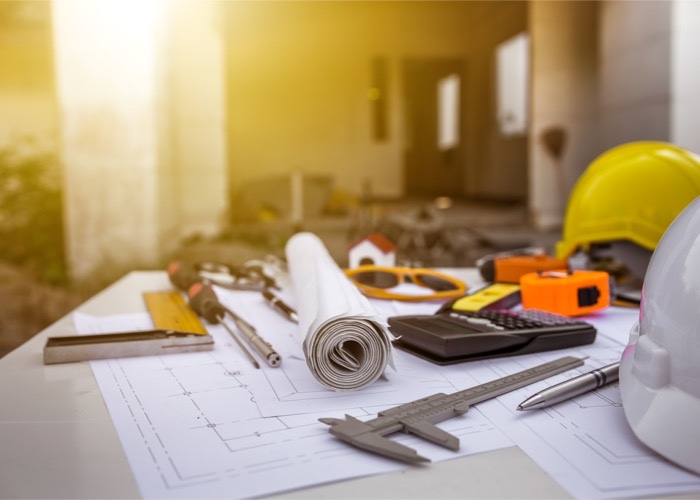Repairs or improvements?
In Running Your Business
Follow this topic
Bookmark
Record learning outcomes

Every business will, from time to time, need to spend money to repair or improve their premises, and those that properly account for the work can make large savings against their tax bill.
Mistakes made in accounting for a project can be very expensive – electrical wiring, plumbing, shelves, demo units or lighting may all be subject to different tax treatments depending on specific circumstances, according to Yen-Pei Chen, manager of corporate reporting and tax at accounting body the ACCA.
Chen says that the first thing to get straight is whether the refitting costs relate to repair or improvement. “The distinction might seem pedantic, but it makes all the difference. If the costs relate to repair, they are deductible as an expense from taxable profit. If the costs relate to improvement, however, HMRC considers them to be capital expenditure: as such, no deductions from taxable profit are allowed.”
Essentially, she says that replacing or fixing something to get premises back into working order is fine as a repair but do anything further and the business could stray into capital expenditure. The fact that the premises has a maintenance problem that must be dealt with, doesn’t necessarily make the refitting costs deductible as repair.
HMRC’s manual, written to guide HMRC inspectors as they scrutinise tax returns, gives the example of a company that needed to have its roof repaired and decided to open up the roof area for extra office space. The fact that the roof was unsound and needed to be repaired was beside the point: the additional work that got done on the roof makes what happened improvement, not repairs.
If costs relate to repair, they are deductible as an expense from taxable profit. If costs relate to improvement, HMRC considers them to be capital expenditure and no deductions are allowed
HMRC also gives the example of a business owner who had a new shop front put in when he took over. The replacement of a shop front would normally be deductible as revenue expenses, but the fact that the shop owner adapted the shop front to his specific needs makes it an improvement, and therefore capital expenditure.
The good news is that if the business ends up with capital expenditure and can’t deduct that cost straight from taxable profit, it may still get tax deductions in the form of capital allowances. Chen says that “changes were announced in the October 2018 Budget in this area, and it’s well worth taking specific advice.”
She points to the Annual Investment Allowance (AIA), which allows a business to claim tax deductions upfront on the full amount of qualifying expenditure in the year it’s incurred: “Businesses looking to invest seriously in refitting over the next two years can take comfort knowing that the AIA has increased to £1 million, up from £200,000, from 1 January 2019 to 1 January 2021. Advice from your accountant here will also be invaluable.”
The AIA is available on both plant and machinery and integral features. To qualify, the expenditure has to be kept ‘for permanent employment in the business’: in other words, this excludes stock or expendable equipment with a life of less than two years; and function as ‘an apparatus employed in carrying out the activities of the business’ and not as part of the premises in which the business is carried out.
Be prepared to back up claims with invoices and a breakdown of the works carried out if and when HMRC asks
“The basic principle,” says Chen, “is that anything which can reasonably be expected to form part of the building – for example, walls, partitions, ceilings, floors, doors, windows and lighting – should be considered to be premises and not plant.”
She adds though, that if the criteria for plant doesn’t apply, it may be possible to look at special rate allowances which are available on assets which are integral to buildings, including electrical systems (including a lighting system), cold water systems, space or water heating systems, powered systems of ventilation, air cooling or air purification, and any floor or ceiling comprised in such a system, lifts, escalators or moving walkways, or external solar shading.
There’s one procedural change to take into account says Chen: “The October 2018 budget introduced a new Structures and Buildings Allowance (SBA). This gives a 2 per cent flat rate annual allowance on commercial structures and buildings over a period of 50 years. The new SBA is available to renovations and conversions started after 29 October 2018.” It’s worth noting that the buildings covered by the SBA won’t qualify for the AIA.
This allowance is available to incorporated businesses and sole traders alike. But to access the allowance, the business will need to have an interest in the land on which the building sits.
One final piece of advice from Chen: keep clear records, and separately identify each item of expenditure – “be prepared to back up claims with invoices and a breakdown of the works carried out if and when HMRC asks for details.”
